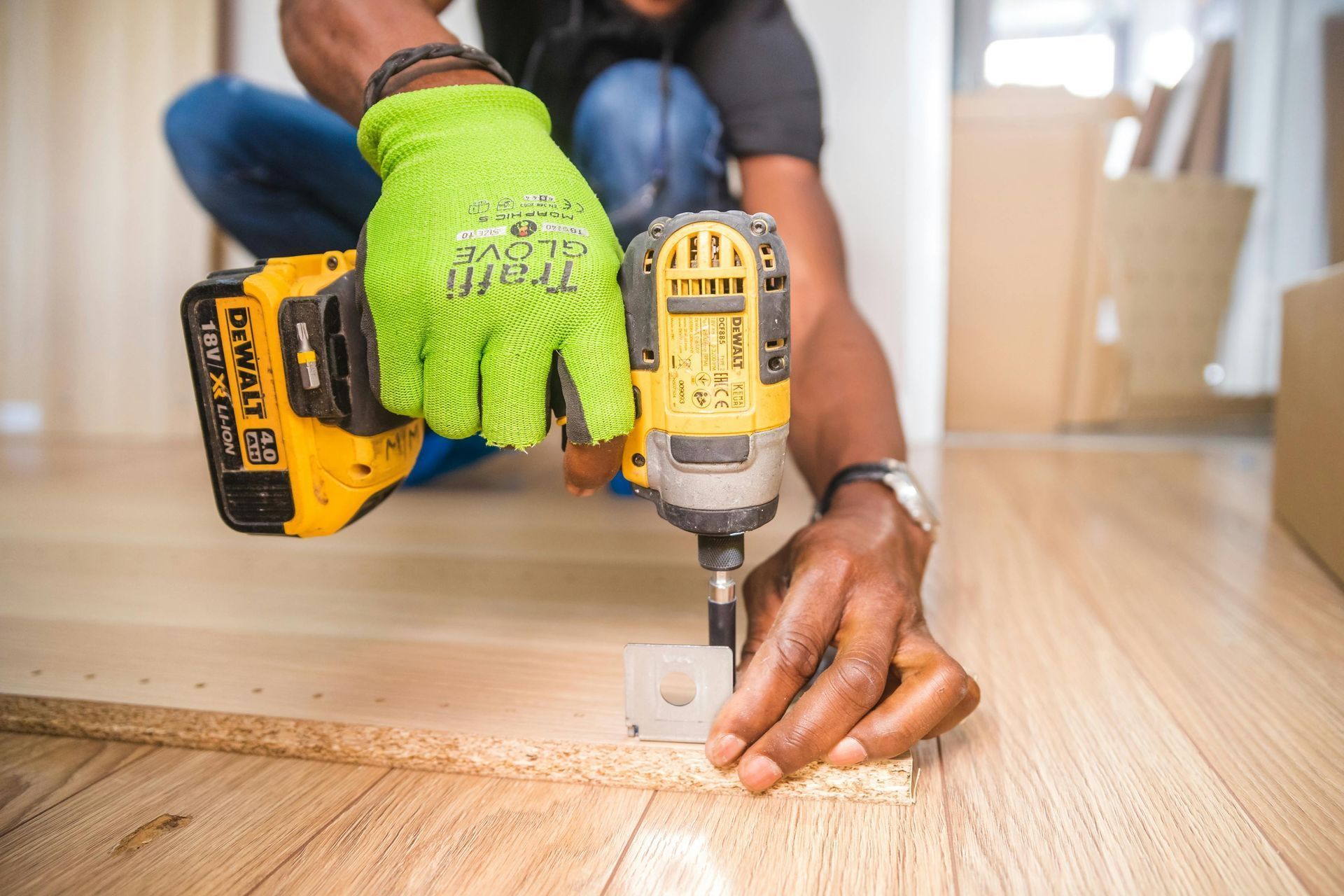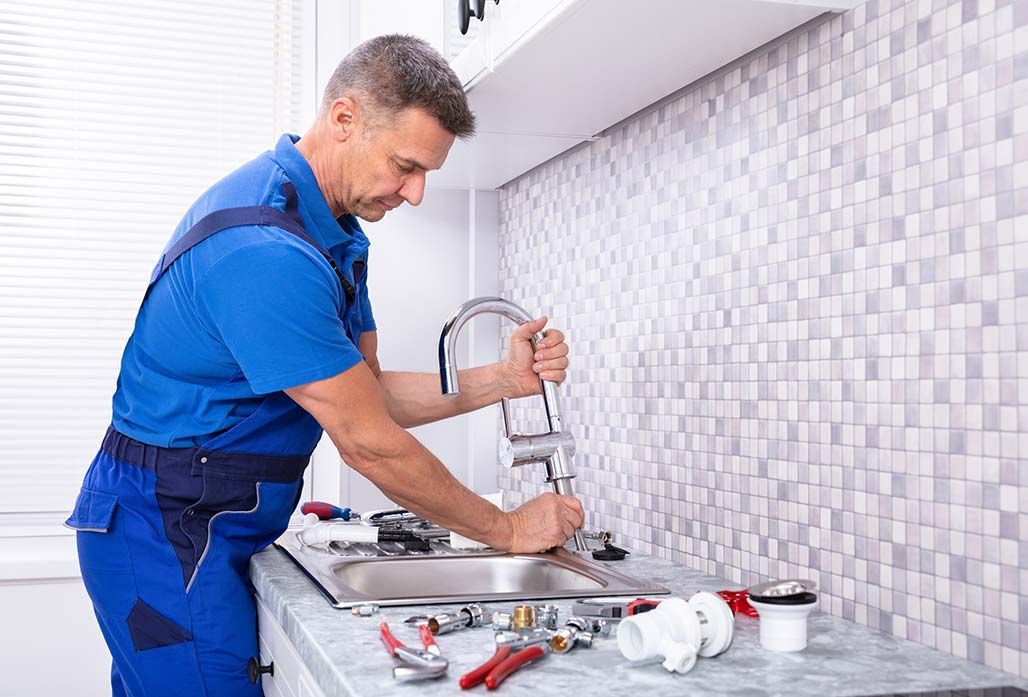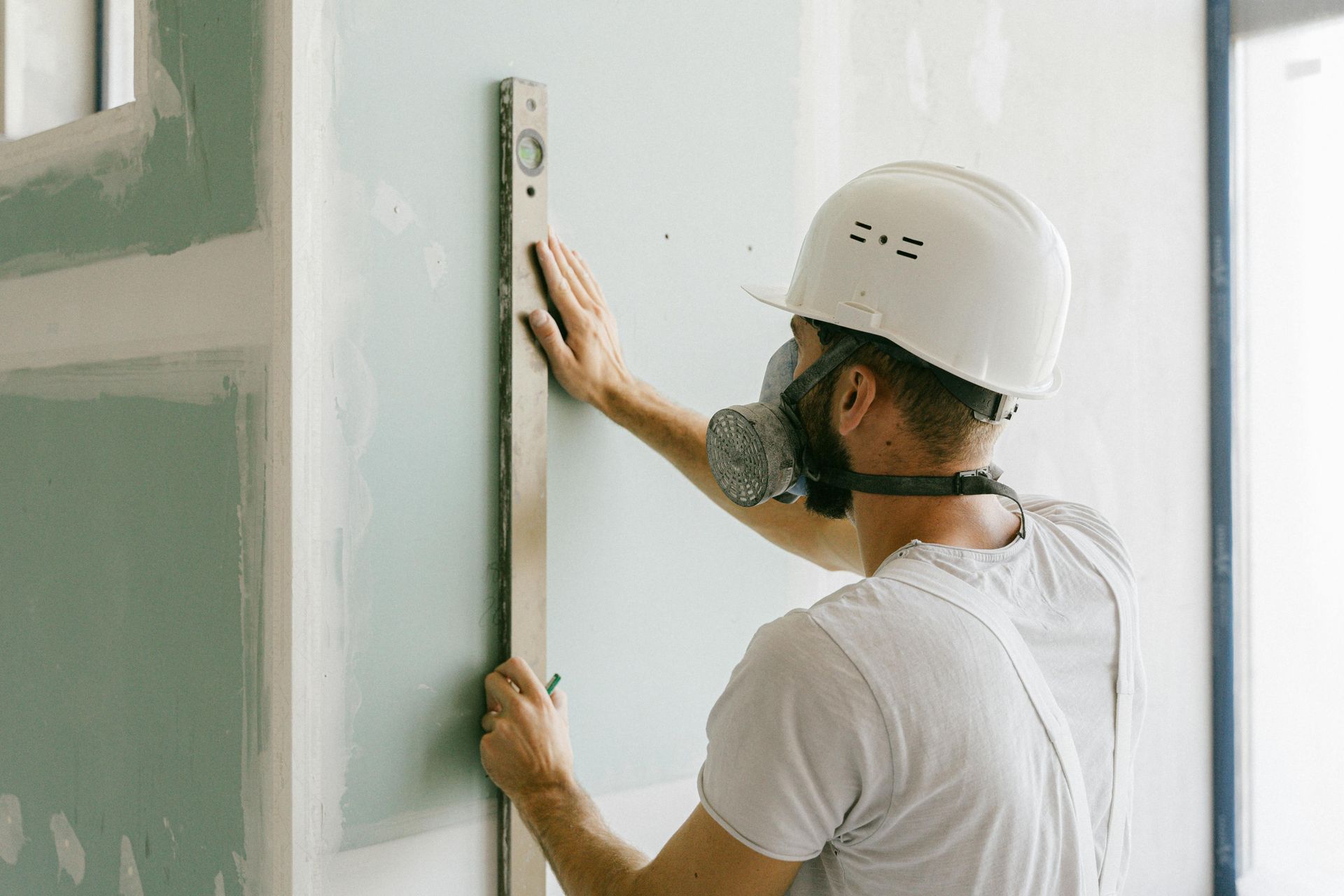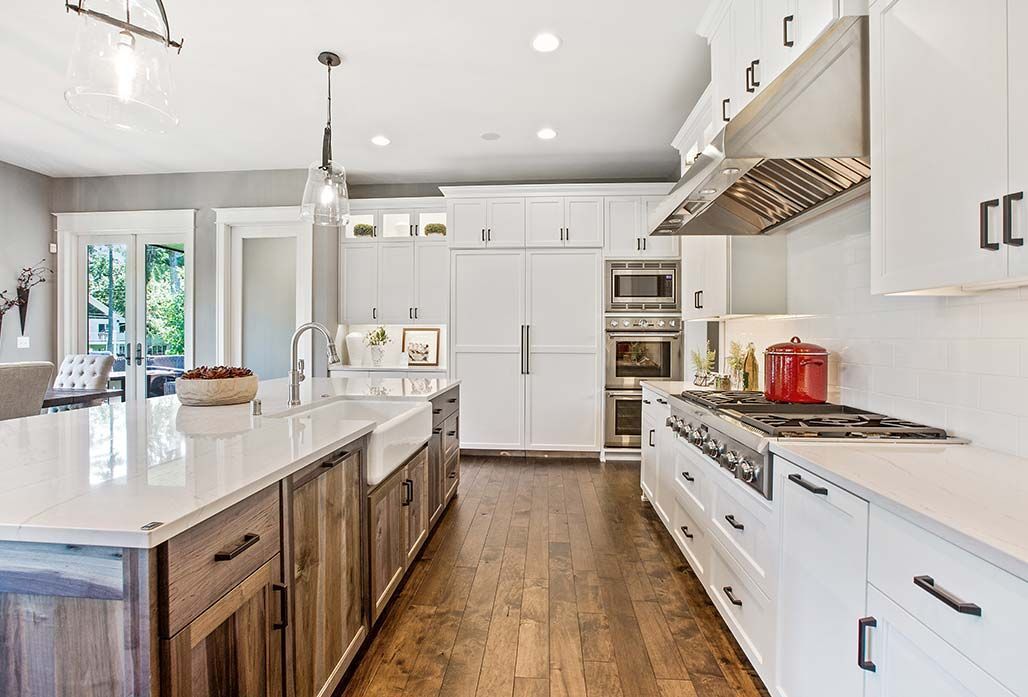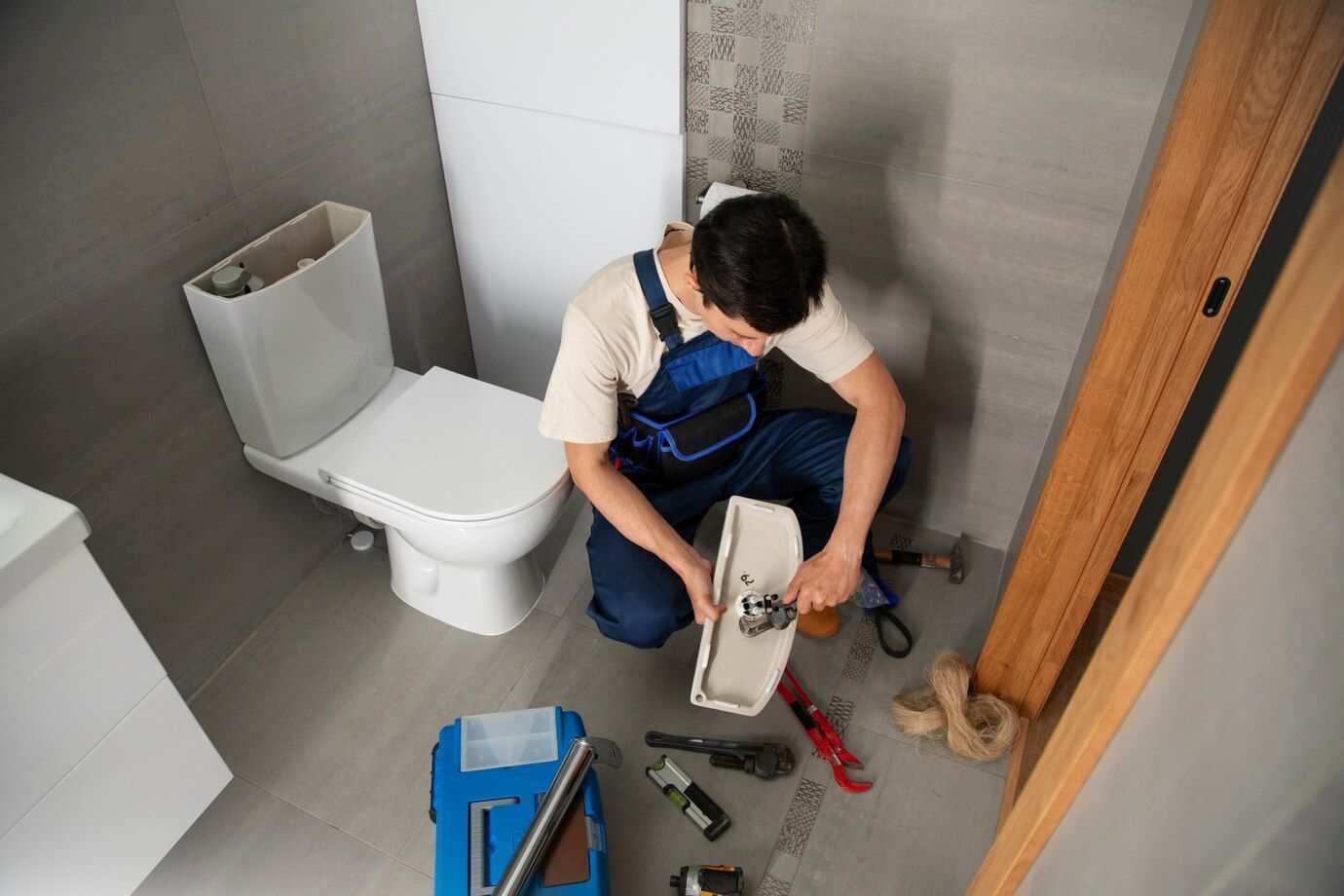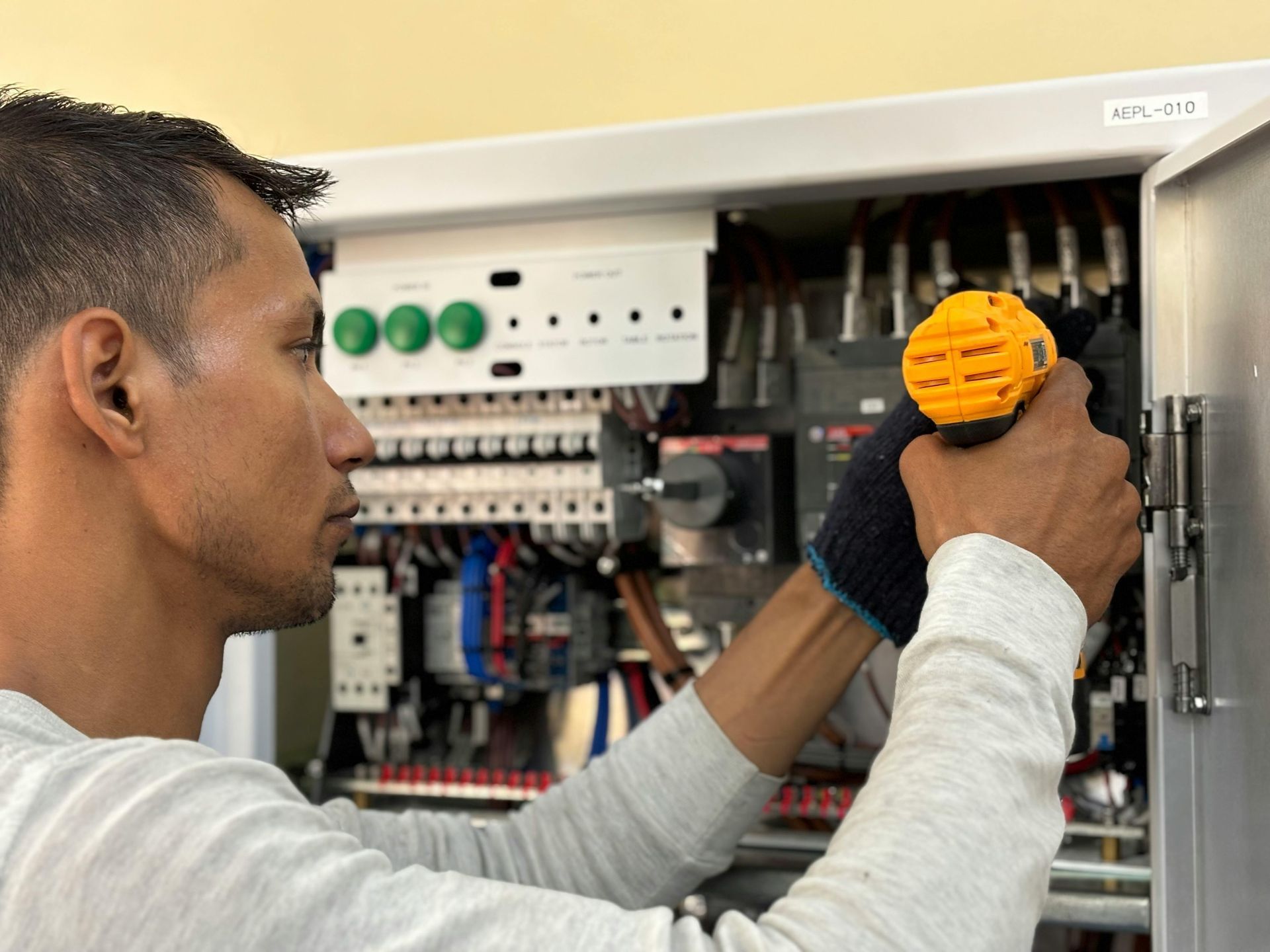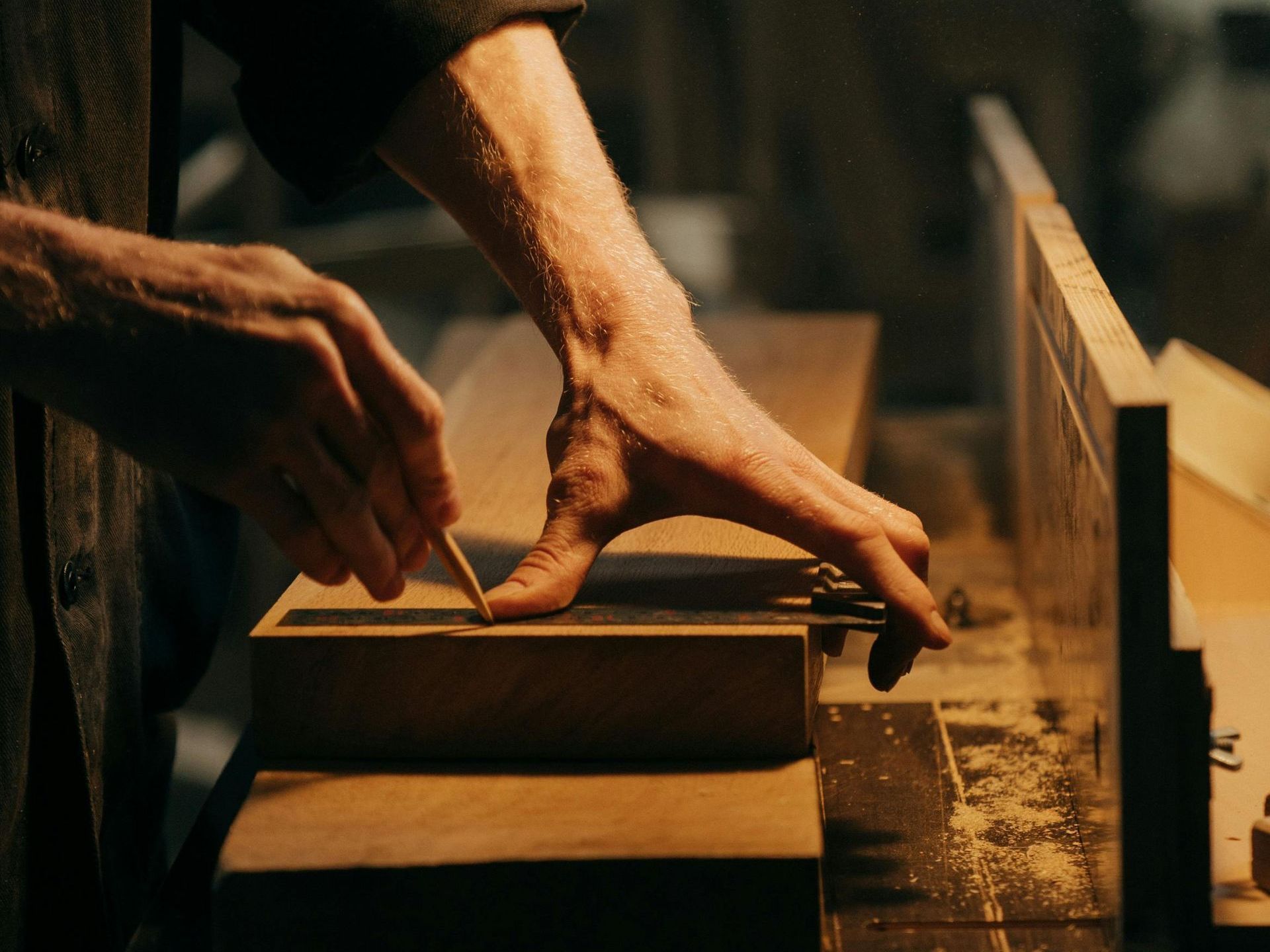How to Identify and Fix Common Drywall Ceiling Issues Like a Pro
Drywall ceilings are a staple in most homes, offering a clean and uniform appearance. However, over time, they can develop various issues—from minor cracks to major water damage. Knowing how to identify and fix these problems is crucial for maintaining the look, safety, and value of your home. Whether you're a DIY enthusiast or considering hiring a professional, this guide will help you understand common drywall ceiling issues and how to repair them like a pro.
Understanding the Causes of Drywall Ceiling Damage
Before diving into repairs, it's important to recognize what causes drywall ceiling problems in the first place. Here are a few common culprits:
- Water Leaks: One of the most common and damaging sources of drywall ceiling issues. Leaks from roofs, pipes, or HVAC systems can lead to staining, sagging, or even collapse.
- Settling of the Home: As houses age, they naturally settle. This movement can lead to cracks in the drywall, especially where the ceiling meets the walls.
- Poor Installation: Improper taping, inadequate fastening, or low-quality materials can cause long-term issues like seam splitting or bubbling.
- Humidity and Temperature Fluctuations: Moisture changes can cause drywall to expand and contract, which weakens its integrity over time.
- Structural Shifts or Vibrations: Nearby construction, heavy foot traffic in upper floors, or even loud music can lead to gradual ceiling damage.
Understanding the root cause is essential. Otherwise, you risk making repairs that only treat the symptoms—not the actual problem.
Spotting Common Drywall Ceiling Problems
Once you understand the causes, the next step is identifying the symptoms. Here's what to look for:
Cracks
Cracks can appear in straight lines or spider-web patterns. Straight-line cracks usually occur at seams or joints, while spider cracks can indicate settling or stress.
Water Stains
Discolored, yellowish-brown spots are classic signs of water damage. These stains often point to a leak above the ceiling—either from a pipe, HVAC duct, or roof.
Sagging or Bulging
A sagging ceiling may suggest that the drywall has absorbed too much moisture. It could also mean that the drywall was not properly fastened or has detached over time.
Peeling Tape or Paint
This often occurs when joint compound or tape was improperly applied. Moisture can also cause the drywall tape to lose adhesion.
Holes or Dents
These can be from impact (like moving furniture), accidents, or even rodents. While usually cosmetic, they still require drywall repair to maintain aesthetics and prevent larger issues.
DIY Drywall Ceiling Repair Techniques
If you’re confident with a bit of handiwork, some drywall ceiling repair tasks are manageable without professional help. Here's how to tackle a few common problems:
Repairing Small Cracks
- Use a utility knife to slightly widen the crack so joint compound can fill it more effectively.
- Sand the area lightly to create a smooth surface.
- Apply a thin layer of joint compound.
- Press drywall tape into the compound.
- Add a second layer of compound and feather the edges.
- Allow to dry, sand, and paint.
Patching Small Holes
- Cut a square around the damaged area.
- Measure and cut a replacement piece of drywall.
- Screw the new drywall into wooden backing strips secured inside the ceiling cavity.
- Tape the seams and apply joint compound.
- Sand and repaint after drying.
Fixing Peeling Tape
- Remove the loose tape and scrape away any remaining adhesive.
- Apply a new strip of drywall tape using joint compound.
- Cover with additional layers of compound, feathering the edges.
- Let it dry, sand, and repaint.
When to Call a Professional for Drywall Ceiling Repair
Not every ceiling issue can—or should—be fixed on your own. Certain conditions call for expert help, such as:
- Large Water Damage: If the drywall is soft, sagging, or moldy, the problem is likely severe. A pro can replace sections safely and ensure the source of the water is addressed.
- Major Cracks or Structural Damage: Large cracks could indicate shifting or structural problems that need to be professionally assessed.
- Textured Ceilings: Repairing or blending in popcorn or other textures takes skill and the right tools.
- High Ceilings: Safety becomes a concern when working on ladders or scaffolding. Professionals arrive with all the tools they need.
- Repainting and Finishing: To achieve a seamless finish that matches the rest of your ceiling, skilled hands are often best.
Have Hammer Will Travel specializes in drywall ceiling repair in Dunnellon, FL. Our team has years of experience restoring ceilings to pristine condition, and we do it quickly, safely, and affordably.
Preventing Future Drywall Ceiling Issues
Once you've identified and repaired the issue, taking steps to prevent future damage is essential:
- Fix Leaks Promptly: Whether it's a roof or a pipe, address leaks immediately.
- Control Indoor Humidity: Use dehumidifiers in humid environments and ensure bathrooms and kitchens are properly ventilated.
- Use Quality Materials: Inferior joint compound or tape can lead to premature failure.
- Inspect Annually: Do a quick walk-through of your home each year to catch minor problems before they become major ones.
- Hire Professionals for Big Jobs: Expert installation is worth the investment if you’re adding or remodeling drywall.
Need Drywall Repair in Dunnellon, FL? Call Have Hammer Will Travel!
Whether you're dealing with a small crack or major water damage, the team at Have Hammer Will Travel is here to help. We’re your local drywall repair experts, serving Dunnellon and the surrounding areas with prompt, reliable, and affordable service.
Call us today at (334) 303-6963 to schedule your drywall ceiling repair or to get a free estimate. We also offer toilet repair, flooring installation, remodeling, handicap showers, and more. Let us take the hassle out of home repairs and give your ceiling the professional finish it deserves.
Frequently Asked Questions (FAQs)
How can I tell if my ceiling needs drywall repair or full replacement?
If the damage is localized (like a small crack or hole), a patch will usually suffice. However, widespread water damage, sagging, or mold may require full drywall replacement.
What’s the average cost of professional drywall ceiling repair?
Costs vary based on the extent of damage, ceiling height, and texture. On average, homeowners spend between $200–$800 for moderate repairs.
Can I paint over a ceiling repair immediately?
It’s best to wait until the joint compound is fully dry and sanded smooth. Then apply a primer before your final coat of paint to ensure even coverage.
What is the typical timeframe for completing a ceiling repair?
Small repairs can be completed in a few hours, but larger projects involving drying time for compound or paint can take 1–2 days.
Is it safe to repair a ceiling myself?
For minor issues, yes. But anything involving structural concerns, water damage, or high ceilings is best left to professionals for safety and quality results.

